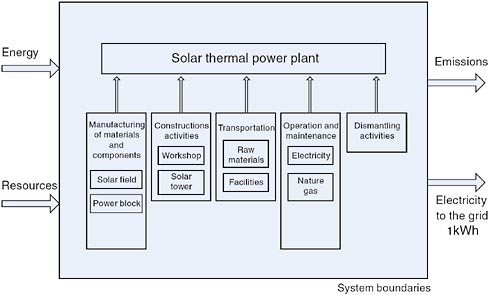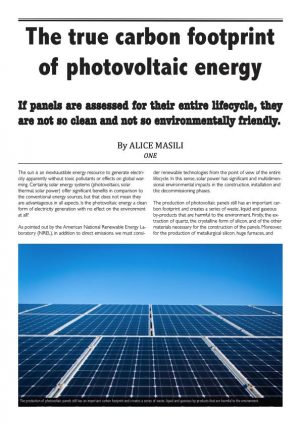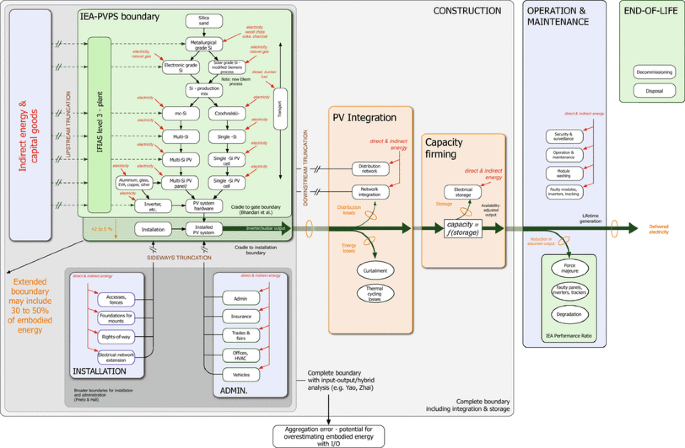The photovoltaic pv sector has undergone both major expansion and evolution over the last decades and currently the technologies already marketed or still in the laboratory research phase are numerous and very different.
Solar panel life cycle assessment.
The greatest carbon emissions caused by the use of pv panels are those associated with module production.
Nearly all of the energy consumed across a solar panel setup s life cycle close to 85 comes from turning the quartzite rock into a silicon wafer.
Energy pay back times epbt vary between 3 and 6 years for various solar climates around the world.
The lifecycle assessment is a multi criteria analysis used to estimate the environmental impact of a product or a service throughout its entire life cycle.
More specifically about half of this energy is consumed turning the silicon from metallurgic grade silicon mg si into a refined solar grade silicon sog si required in solar cells.
From solar photovoltaics over the last thirty years hundreds of life cycle assessments lcas have been conducted and published for a variety of residential and utility scale solar photovoltaic pv systems.
Silicon pv panels have a low life cycle environmental impact compared to most conventional forms of energy such as coal and natural gas.
It is well establishedt hat power from solar pv has al ow global warming potential gwp a sd emonstrated by numerous life cycle assessment lca studies.
These lcas have yielded wide ranging results.















































